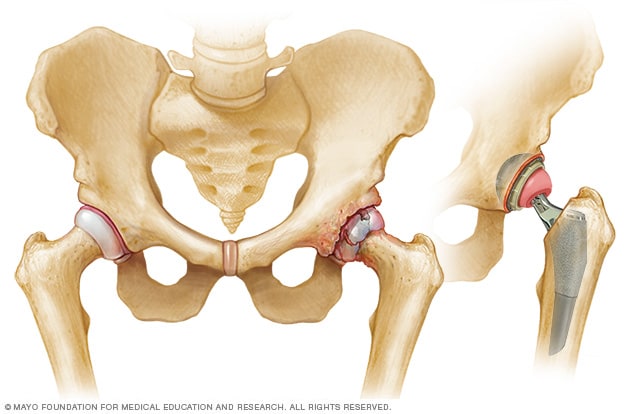Table of Contents
Introduction
Rheumatoid arthritis is an autoimmune disease that affects more than just your joints. This disease starts when your immune mistakenly attacks the body’s tissue. This type of arthritis affects both sides of your body. For instance, if you have knee pain in one leg, it will also occur in the other leg. It is one of the ways that doctors use to differentiate between RA and any other form of arthritis.
Make sure to look for the top orthopaedics hospital in Bangalore to get yourself checked if you find any of the symptoms listed below.
Types
There are different types of rheumatoid arthritis. It will help the doctor to give you the right medication if you know which type of rheumatoid arthritis has affected you.
The types include:
Seronegative Rheumatoid Arthritis
If your test results for rheumatoid arthritis are negative, you might have this type of arthritis.
Seropositive Rheumatoid Arthritis
If you have positive results for this test, you have this type of arthritis. It means your antibodies in your immune system can attack your joints.
Juvenile Idiopathic Arthritis
This type affects children who are 17 or below and usually includes eye inflammation and physical development issues.
Causes
Rheumatoid arthritis occurs when the lining of the membrane separates your joints, also known as synovium, and it gets attacked by your immune system. It will result in your synovium’s thickening, which can also destroy the joint’s cartilage and bone. The exact cause of this type of arthritis is still unknown, but certain factors can trigger this type of arthritis.
The factors include:
Gender
Women are more likely to develop rheumatoid arthritis.
Family History
If this type of arthritis runs in your family, then chances are you are also at risk of developing it.
Obesity
People who are overweight or obese, especially women aged 55 or younger, are at higher risk of developing this type of arthritis.
Age
It mostly begins at middle age, but it can occur at any age.
Smoking
Smoking will increase the chances of this type of arthritis, especially if it runs in your family. Smoking is also linked to the greater severity of this disease.
Exposure
If you are exposed to certain types of diseases or bacteria, then there are high chances of developing this type of arthritis.
Symptoms
The symptoms of this type of arthritis persist. Early Rheumatoid arthritis first affects the smaller joints, usually the ones in our fingers or feet. As time passes, this type of arthritis can affect your wrists, ankles, elbows, and hips. Some symptoms may include:
- Swollen, tender, or warm joints.
- Fatigue or loss of appetite.
- Joint stiffness is worse at night and decreases with the use of that joint.
Some people with rheumatoid arthritis experience symptoms that are not even related to their joints. The non-joint areas which are affected by rheumatoid arthritis include:
- Nerve tissue.
- Bone marrow.
- Blood vessels.
Treatment
There is no specific treatment for rheumatoid arthritis, but there are ways to help you manage it. Visit any of the top orthopaedics hospitals in Bangalore to get yourself checked thoroughly. Treatments for this type of arthritis is to keep the pain and inflammation under control. Some treatments include:
- Dietary changes.
- Some exercises.
- Home remedies.
Some home remedies have also proven to be beneficial for rheumatoid arthritis. These include:
- Some low impact exercises every day.
- Apply heat or cold compresses on the affected area.
- Get enough rest.

Some dietary changes to include in your diet are:
- Eat foods that are rich in omega-3, which includes chia seeds, fatty fish, and walnuts.
- Antioxidants such as dark chocolate, blueberries, spinach, kidney beans, and pecans have proven to reduce inflammation.
- Eat lots of fibre.
- Include foods containing flavonoids in your diet, which include berries, green tea, and broccoli. Also, try to avoid foods that trigger your arthritis.
Conclusion
It was all about rheumatoid arthritis. Although this type of arthritis is common, it can be quite painful for the person. It is better to take up these small steps, so you don’t have to face this disease. It is a chronic disease that currently does not have any cure. Most people don’t have persistent symptoms but experience sudden and intense bouts of pain. Keep your weight in check, eat a healthy diet, and visit your doctor regularly to ensure that you don’t develop any of these problems. Make sure to keep a strict check on your physical health, and if you feel anything visit your doctor as soon as possible.





